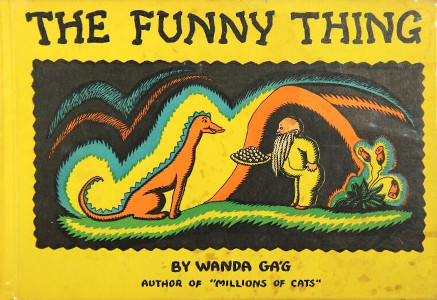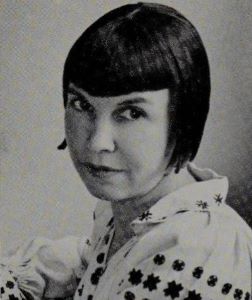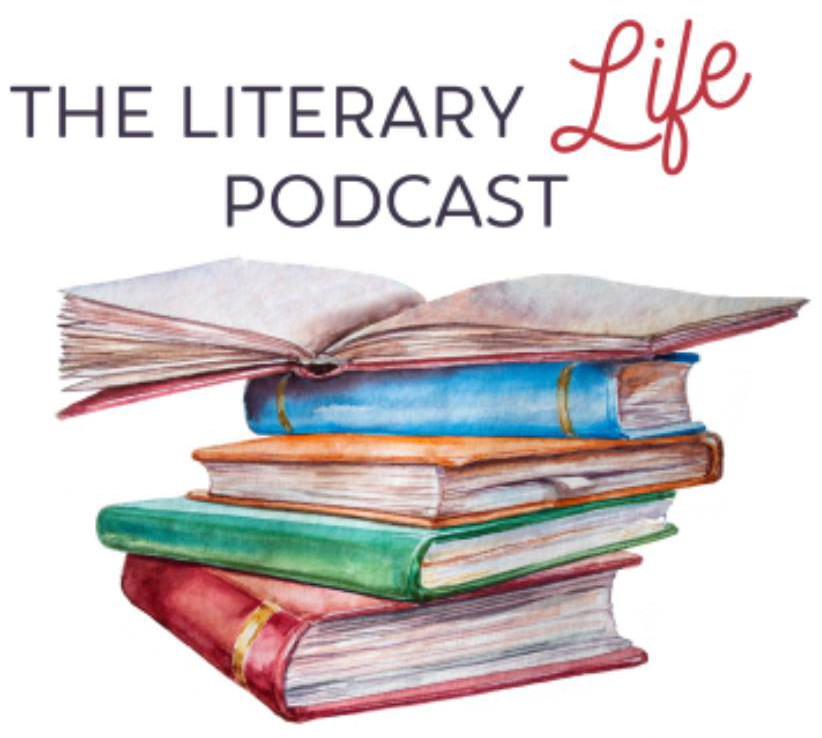The Funny Thing

Author:
Wanda Gag ![]()
Content:
The Funny Thing by Wanda Gag ![]()
Illustrator:
Wanda Gag ![]()
Publication:
1929 by Coward-McCann, Inc.
Genre:
Fairy Tales, Fiction, Folk Tales, Humor, Picture Books
Pages:
32
Current state:
This book has been evaluated and information added. It has not been read and content considerations may not be complete.
Book Guide
Search for this book used on:
The Funny Thing is Gág's follow-up to her well-loved first book, Millions of Cats. It tells the story of a curious dragon-like "aminal" that eats children's dolls. A kindly old man named Bobo cannot stand by and allow the Funny Thing to steal dolls from children. He entices it to eat "jum-jills," a concoction he makes up from seven nut cakes, five seed puddings, two cabbage salads, and fifteen little cheeses, all rolled into little balls. A happy ending is assured when the Funny Thing discovers he loves jum-jills and is convinced that they will make his tail grow longer and his blue points grow more beautiful. He returns each day for the treats and never eats another doll.
From University of Minnesota Press edition
To view an example page please sign in.
Please sign in to access the type of illustrations and view more books with this type.
To view reprints of this book please sign in.
Resource Guide
Episode 70: Why Read Fairy Tales?
Released in 2020 by The Literary Life
Available formats: Streaming Audio
Length: 1 hr. 29 min.
View on the The Literary Life site
"Angelina Stanford and Cindy Rollins tackle the topic of fairy stories, discussing the what, why and how of reading them. Angelina shares the distinctive characteristics of fairy stories in contrast to other types of stories, such as myths. They deal with the question of whether fairy tales are 'escapist', the influence of the Grimm brothers scholarly work on interpreting fairy stories, and allowing the story to unveil its deeper truths without forcing meaning onto it.
Angelina gives an illustration of how to see the gospel messages in fairy tales by talking us through the story of Sleeping Beauty. She refutes the ideas that fairy tales are about human romance or are misogynistic. She also highlights some of the Enlightenment and Puritan responses to fairy tales that still linger with us today. Cindy and Angelina also discuss some common concerns such as the magical, weird, or scary aspects of fairy tales. Angelina also makes a distinction between folk tales, literary fairy tales, and cautionary tales."
Find This Book
Search for this book used on:



